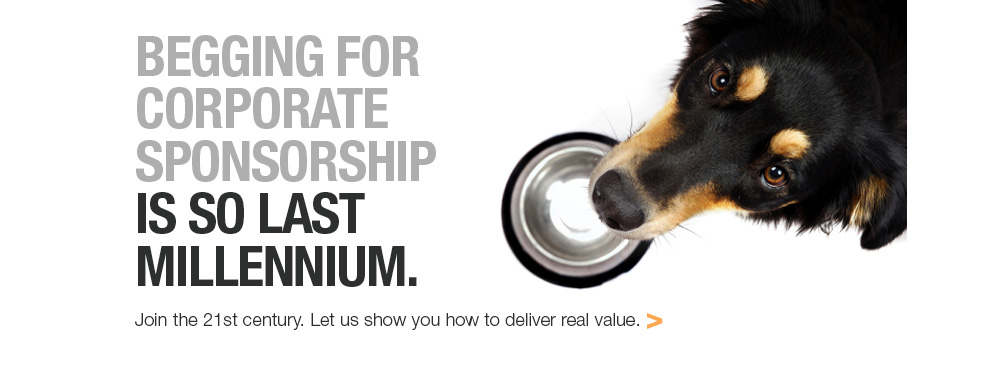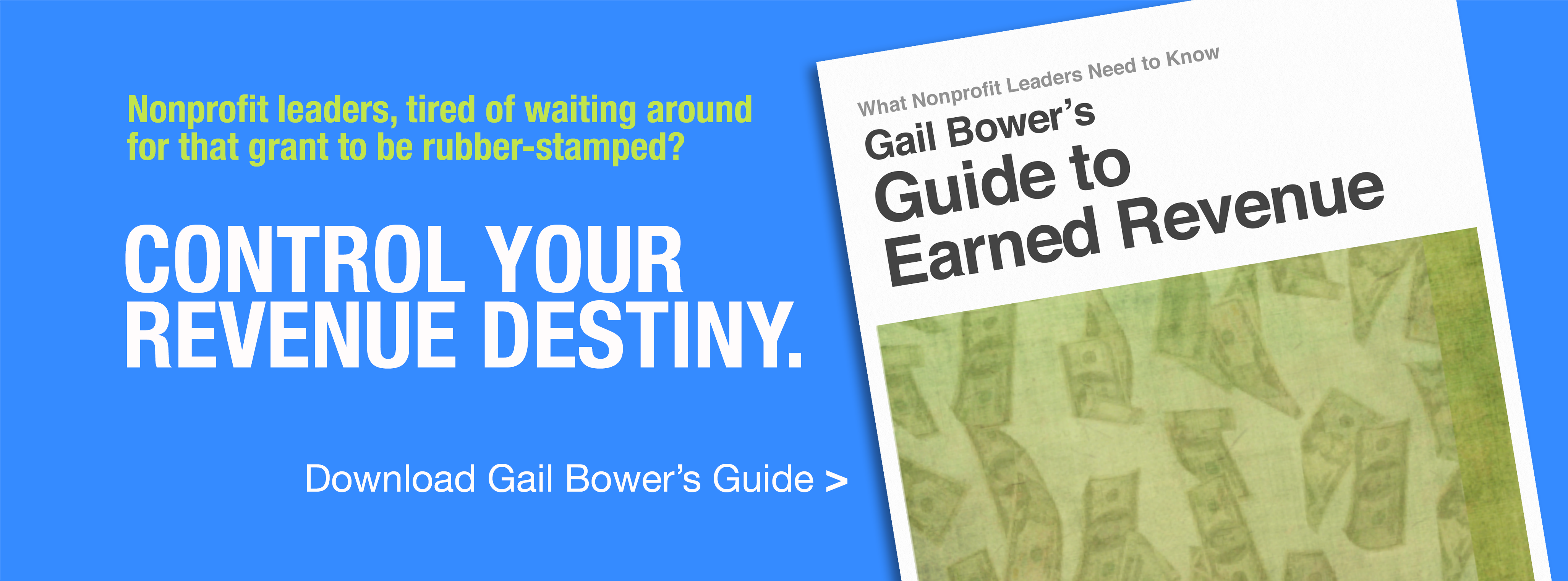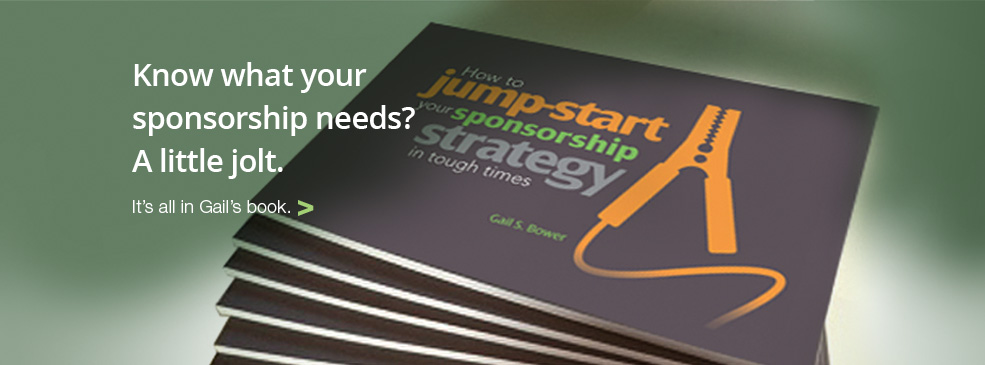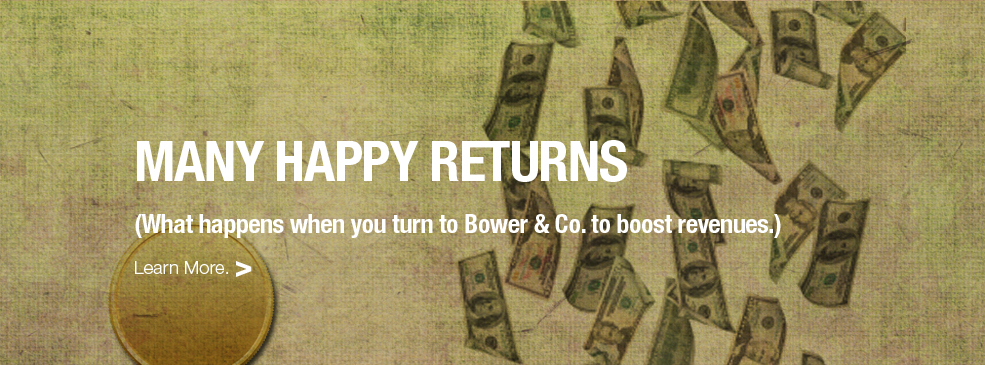The Power of Sponsorship
By Gail S. Bower
Every year at the JVC Jazz Festival, Newport (originally the Newport Jazz Festival), I was reminded of the power of corporate sponsorship in my collaboration with our sponsor Mercedes-Benz.
Few people in the middle-income brackets would just walk into a Mercedes-Benz dealership and test-drive a new model. I prove the veracity of this statement with audiences when I speak or teach on sponsorship. While virtually no hands rise when I ask about a test drive at a dealership, nearly all hands rise when I paint a different scenario. Let’s see how you’d respond.
Imagine you’re attending the JVC Jazz Festival. You and your friends are relaxing on a beach blanket in the grass of Fort Adams State Park, along the shores of the Narragansett Bay. Sparkling blue waters dotted with sailboats and the expanse of the Newport Bridge form your view in one direction, and all around you are the sounds and smells of the Festival.
At a break between musical performances, you stroll around the grounds and come upon a large tent showcasing four Mercedes-Benz vehicles — a couple of slick new sedans, an SUV, and a sporty convertible. Charmed by the design, you walk over to the convertible, and your hand naturally gravitates to the supple leather seats. Never realized how soft seats could be, did you?
Now here’s my question. Would you open the door, slip behind the wheel, and take an imaginary test drive?
If you are like the members of most audiences — and festivalgoers — your answer would be an unequivocal “yes.” And that’s what made the sponsorship so powerful.
The Mercedes display became a focal point of the festival, fulfilling the dreams and desires, if temporarily, of our attendees. Within a couple years of their sponsorship, Mercedes noticed that sales of vehicles, a figure that increased each year, were tied directly to this sponsorship program.
What makes this evidence so meaningful is that Mercedes’ sponsorship of the festival occurred during Mercedes’ implementation of an important strategy. In the late 1990s, Mercedes began designing vehicles to a lower price point while maintaining its hallmark commitment to safety, quality, and excellent design. This meant that many of Mercedes’ vehicles were more financially accessible to more people. But how would this luxury carmaker communicate this message without sounding like, well, a car salesman?
Their sponsorship allowed Mercedes to do just that with thousands of perspective buyers. Year after year, Mercedes representatives surprised and delighted JVC Jazz Festival patrons who realized that perhaps their fantasy test-drives could actually become realities.
This information could never have been communicated with such impact and grace via other forms of media. A print ad, a :60 television spot, even a short video on a web site with a social media campaign are all very poor substitutes for the experiential knowledge our festivalgoers gained while having fun, touching and sitting in the vehicles, and photographing each other on pretend pleasure drives in Newport. That these experiences translated to sales is, therefore, no surprise.
Corporate sponsors want a return on their investments. They pursue sponsorship as a means to a business outcome, and they are willing to make financial commitments to sponsor programs that provide them with value. Conversely, sponsorship programs that either lack or fail to communicate value generate little enthusiasm from sponsors.
How does your organization’s or festival’s sponsorship program deliver high value? How do you activate sponsorships to meet business goals for your corporate customers? Can your corporate partners articulate that value?
And for corporate readers, are you channeling the power of corporate sponsorship to realize your business goals? Are all your event investments creating the kind of buzz this auto manufacturer's is?
Originally published in BowerPower Papers, 2006, Volume 1 Issue 2.








 Corporate Sponsorship
Corporate Sponsorship